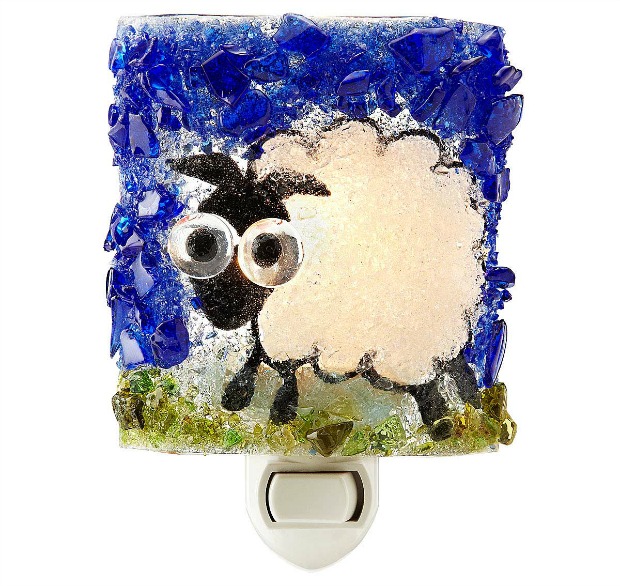What’s the latest discovery in particle physics? The fact that physicists actually have a whimsical sense of humor. For one thing, the vocabulary of this esoteric field includes the quirky term “barn.” It’s a minuscule unit of measurement based on the cross-sectional area of a uranium nucleus and describes the tiny target for colliding nuclear particles. But why “barn” for something so…much smaller than a barn? It’s derived from the old saying that someone “couldn’t hit the broad side of a barn,” riffing on the difficulty of shooting charged particles at the world’s smallest bullseye. Bonus fact: there are two minor measurement terms related to “barn” which follow the farm building metaphor—an “outhouse,” and a “shed.” Could be “chicken coop” was already taken by the guys over in nanotechnology.
Barn Wood USA Side Table | $198








 Sure, there are rays involved, but why the X? The X-ray came to be almost by accident as professor
Sure, there are rays involved, but why the X? The X-ray came to be almost by accident as professor